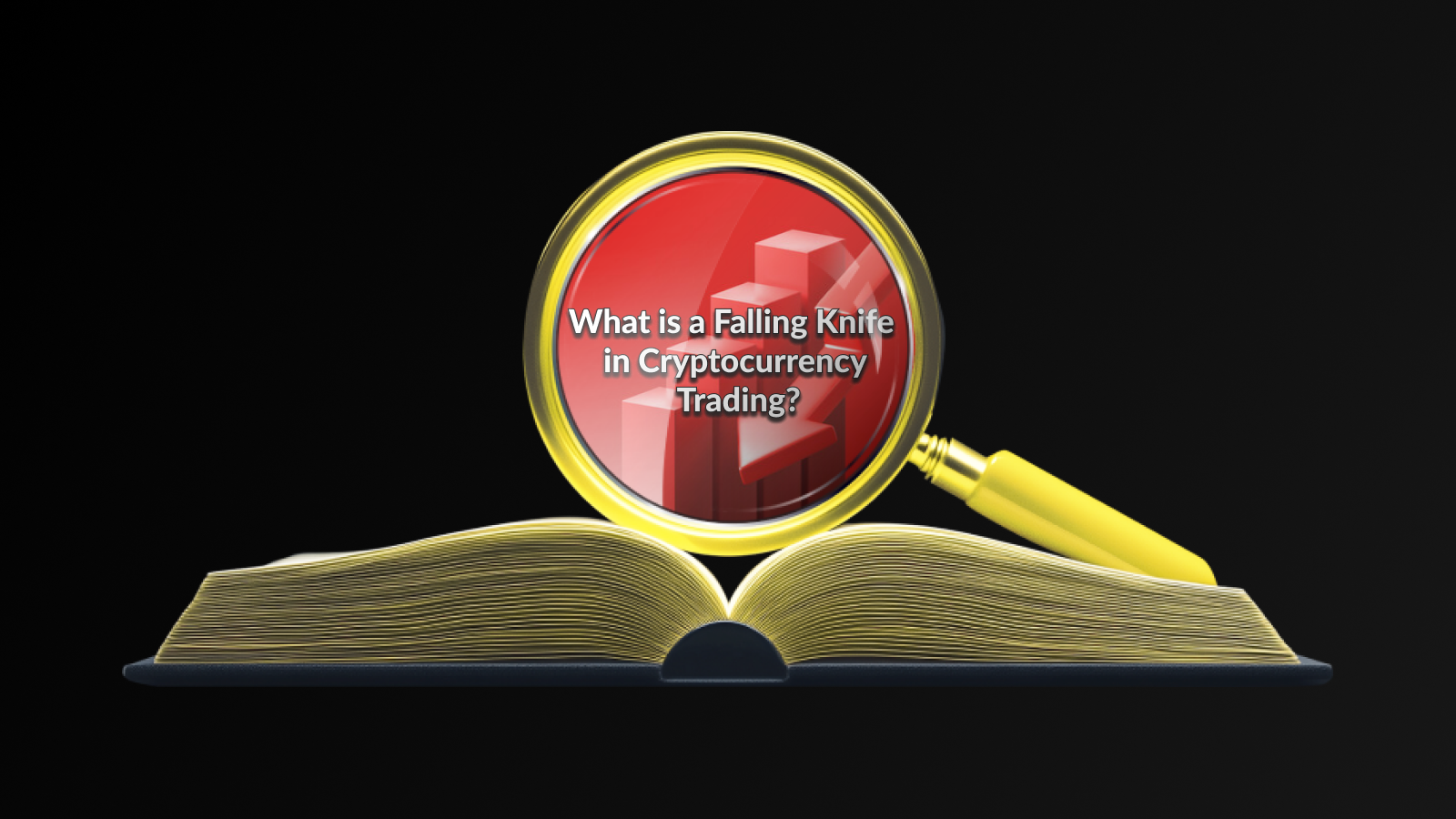Introduction
In the volatile world of cryptocurrency trading, market movements can be deceptive. A fakeout occurs when a price appears to break through a key level, only to reverse shortly after, catching traders off guard. Understanding how to identify and navigate fakeouts is crucial for protecting your investments and making informed trading decisions.
How Does a Fakeout Occur
A fakeout in cryptocurrency trading typically happens when the price of a cryptocurrency breaks through a certain support or resistance level but fails to maintain that movement. This can deceive traders into thinking a new trend is forming, leading them to enter a position prematurely. Here’s how a fakeout typically unfolds:
1. Initial Price Movement
Initially, the price moves significantly towards one direction, either breaking through a support level or resistance level. This movement is often accompanied by increased trading volume, which can suggest a strong trend.
2. Trader Reactions
As the price approaches these critical levels, many traders may enter the market, anticipating that the breakout will lead to a sustained price movement. The sentiment builds, and buying or selling pressure increases as traders react to the initial breakout.
3. The Reversal
However, shortly after the breakout, the price reverses and moves back in the opposite direction. This reversal can catch traders off guard as they realize that what appeared to be a breakout was actually a temporary spike.
Factors that can contribute to a fakeout in cryptocurrency include market manipulation, low liquidity in smaller altcoins, and external news or events that suddenly change market sentiment. Understanding these dynamics can help traders remain cautious and savvy, mitigating the risk of being trapped in a fakeout scenario.
Identifying and avoiding fakeouts in cryptocurrency trading can significantly enhance your trading success. A fakeout in cryptocurrency typically occurs when the price of a digital asset moves above or below a certain support or resistance level, only to reverse shortly after. To spot potential fakeouts, traders should look for sudden increases in trading volume that are not supported by other indicators. If a price move is accompanied by low volume, it may also indicate that the breakout is weak.
Another key indicator is the behavior of key market players, particularly if significant buy or sell orders are processed right after the price move. Keeping an eye on market news and sentiment analysis can also provide important context to price changes, helping traders to discern whether a movement is genuine or a potential fakeout.
Using technical indicators like RSI (Relative Strength Index) or MACD (Moving Average Convergence Divergence) can also aid in identifying overbought or oversold conditions that may signal a potential fakeout. It’s crucial to combine these indicators with careful chart analysis for more reliable predictions.
Additionally, setting stop-loss orders just beyond key support or resistance levels can help minimize losses in the event of a fakeout. This practice allows traders to secure their positions while allowing room for natural price fluctuations.
The impact of a fakeout in cryptocurrency on trading strategies can be significant. Traders often rely on price trends and breakouts to make informed decisions, but a fakeout can lead to unexpected market movements, which can disrupt these plans. When a price breaches a support or resistance level, traders might enter a position, only for the price to reverse quickly. This can result in potential losses and emotional stress for traders who are not prepared for such scenarios.
Understanding the mechanics of a fakeout in cryptocurrency is crucial to adapting trading strategies. By incorporating robust risk management techniques, traders can mitigate losses associated with false breakouts. Techniques such as setting stop-loss orders or utilizing trailing stops can provide an additional layer of protection during volatile market conditions.
Additionally, traders should consider incorporating various technical indicators to help identify a potential fakeout. Tools such as volume analysis, moving averages, and candlestick patterns can provide valuable insights into the likelihood of a breakout being genuine or false. By staying informed and adaptable, traders can adjust their strategies to account for the inherent unpredictability associated with fakeouts.
The impact of fakeouts in cryptocurrency trading can be profound, affecting decision-making and overall profitability. By acknowledging the phenomenon and employing strategic adjustments, traders can navigate the complexities of the market more effectively.
Conclusion: Mastering Fakeouts for Smarter Trading
Understanding the concept of a Fakeout in Cryptocurrency trading is essential for developing effective strategies in the ever-evolving market. By identifying the patterns and recognizing the signals that indicate a fakeout, traders can position themselves more effectively and avoid unnecessary losses. Mastery of this aspect of trading not only improves one’s ability to make informed decisions but also enhances overall profitability.
Moreover, employing a combination of technical analysis, market sentiment evaluation, and prudent risk management can significantly reduce the chances of falling victim to fakeouts. Being aware of the psychological factors at play in the cryptocurrency market can further aid traders in anticipating and responding to potential fakeout scenarios.
As you continue to refine your trading skills, remember that every experienced trader has navigated the challenges associated with fakeouts. With time, practice, and dedication, you can master the art of recognizing and leveraging these market movements for smarter trading.
Frequently Asked Questions
What is a fakeout in cryptocurrency trading?
A fakeout in cryptocurrency trading refers to a situation where the price of a cryptocurrency seems to break through a key support or resistance level, leading traders to believe a new trend is forming. However, it quickly reverses direction, causing those who acted on the breakout to incur losses.
How can traders identify a potential fakeout?
Traders can identify potential fakeouts by observing trading volume, price action, and market sentiment. A lack of volume during a breakout can indicate that the move may not be sustainable, while strong reversal patterns or indicators like RSI can provide additional signals.
What strategies can traders use to avoid getting caught in a fakeout?
To avoid getting caught in a fakeout, traders can implement strategies such as waiting for confirmation through additional price action, setting tighter stop-loss orders, and using trailing stops to protect profits in volatile markets.
Are fakeouts more common in volatile markets?
Yes, fakeouts are generally more common in volatile markets, such as those seen in cryptocurrency trading. The rapid price swings can lead to more false breakouts, as emotions and rapid trading can distort price actions.
Can fakeouts occur in both bull and bear markets?
Yes, fakeouts can occur in both bull and bear markets. In bull markets, a price may appear to break through resistance only to reverse, while in bear markets, prices can seem to fall below support before bouncing back up.
What tools can traders use to analyze fakeouts?
Traders can use tools like candlestick patterns, moving averages, and technical indicators such as Bollinger Bands or MACD to analyze and identify potential fakeouts in the market.
Is it advisable for new traders to trade breakouts?
While trading breakouts can be profitable, it is often advisable for new traders to approach this strategy with caution. Understanding market conditions, risk management, and recognizing the signs of potential fakeouts is crucial before entering breakout trades.
Disclaimer
This article is for informational purposes only and does not constitute financial advice. Cryptocurrency trading involves significant risk due to market volatility. Always conduct your own research and consult a financial advisor before making investment decisions. Darkex is not responsible for any financial losses incurred based on the information provided in this article.





